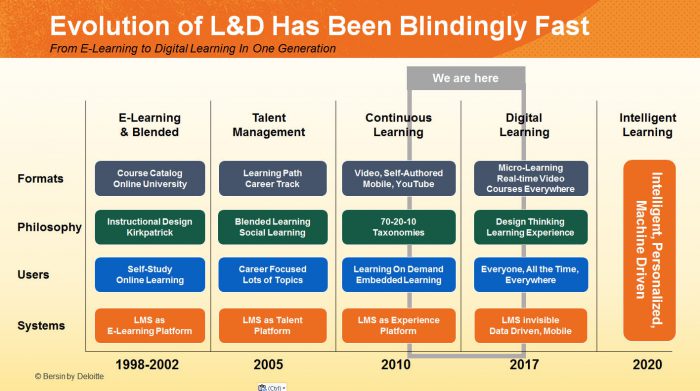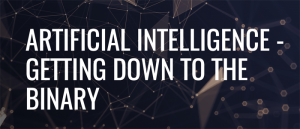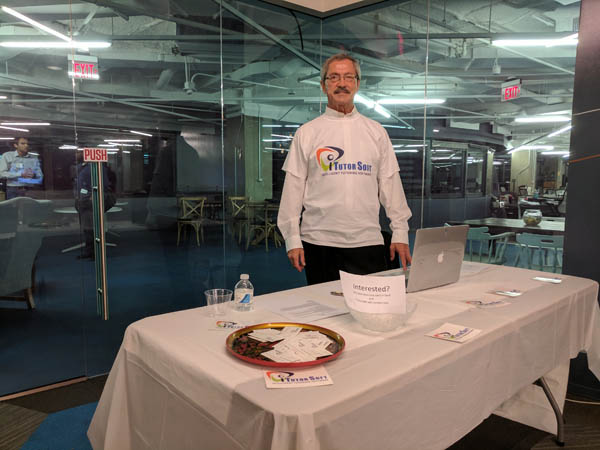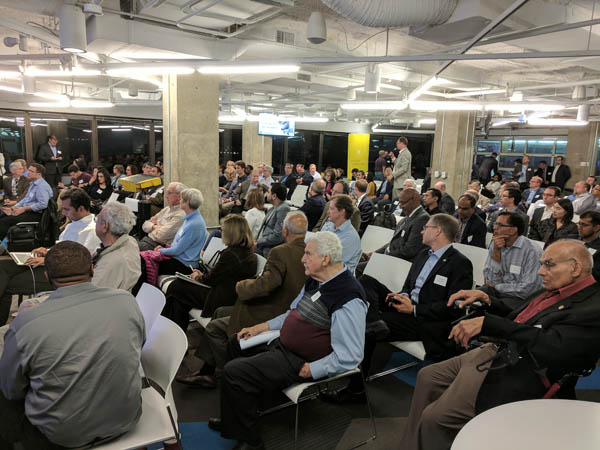This post is inspired by the post with the same title published in eLearning Industry. Its conclusive point is “there’s more value in thinking of personalized learning and adaptive learning as fruit on the same vine, than treating them as a separate genre”. It sounds nice but does not clarify “what is the difference” and why it matters. So, let me bring some clarity.
First of all the common term “Adaptive Learning” is confusing. Learning is always adaptive. In general, learning is an adaptation of yourself to an ever-changing environment. So, Adaptive Learning is “Learning Learning”,”Adaptive Adaptation”, or “Learning Adaptation”. Sounds clear? Not really, it is confusing and misleading.
Replace the term Learning with term Instruction. Then instruction can be
· Differentiated, which is Instruction targeted to a specific group of learners (with their specific background, needs, objectives, preferences,…). It is fixed and not flexible. For example, a static playlist/pathway for all learners of the group defined by pre-testing and surveying the learners.
· Personalized, which is Instruction targeted to a particular Learner (with her specific background, needs, objectives, preferences,…). It is fixed and not flexible as well. An example, a static playlist/pathway defined for one particular learner by pre-testing and surveying.
· Adaptive, which is a Personalized Instruction having a moving (and fuzzy) target, ever-changing Learner. So, it is flexible and dynamic. For example, a dynamic pathway automatically generated by an Instructional Engine (such as iTutorSoft) for one particular learner on the fly based on dynamically embedded testing and assessment of learner’s current proficiency and/or deficiency.
So, what matters is, due to its static inflexibility, Personalized and Differentiated instruction cannot follow any deviation of the ever-changing learner from the predefined Pathway. That is why they lose their learners and cannot be effective. In contrast, due to its dynamic flexibility, Adaptive Personalized Instruction keeps each learner in the loop and can be really effective.




